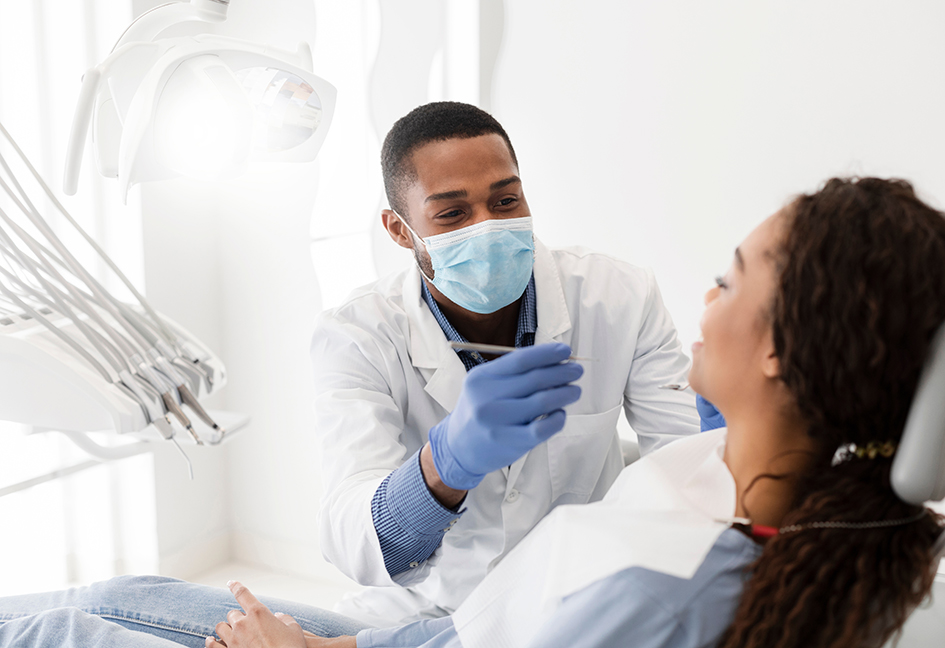
According to a RAND Corporation study, approximately half of adults in the United States have postponed dental care because of the pandemic in May and June of 2020.
According to a report published in the Journal of the American Dental Association, weekly visits to dentists’ offices in the United States fell drastically from March to August of 2020, averaging 33% lower than in 2019.
In 2020, some people avoided going to the dentist for the same reason they avoided going to other public places: they were afraid of catching COVID. Because they had lost their work and health insurance, some patients were unable to visit the dentist even if they wanted to in early 2020.
Even though many people had lost their jobs and then found new ones, they were still concerned about contracting and distributing COVID-19. This discouraged many patients from seeking medical attention before vaccines were available.
The national—and global—decrease in dental visits was not only due to patient decisions. The World Health Organization (WHO) has proposed that dental treatment be limited to the nonessential category by August 2020, except for unexpected or emergency issues of pain and dysfunction.
How COVID Impacted Oral Hygiene
While dentists may have performed fewer basic cleanings in 2020, they were dealing with other difficulties.
Many patients skipped their normal cleanings and exams, believing that doing so would reduce their exposure to COVID-19. Patients who needed fillings, crowns, or root canals kept their appointments and were more likely to visit the office.
Furthermore, COVID-related modifications created a new set of dental issues. An increase in stress-related illnesses such as teeth grinding, chipped teeth, and persistent jaw pain, for example. Inadequate hygiene and poor diets also contributed to an increase in cavities and gum disease.
Dentists Were Already Primed to Enhance Safety Protocols
For many years before the pandemic, general dentists used personal protective equipment (PPE) such as masks, gloves, and gowns.
As a result, the dentistry profession was particularly prepared to deal with a pandemic. Many dentists just needed to make a few changes, such as requiring patients to use an oral rinse before cleaning, enforcing social distancing in offices, and providing telemedicine consultations for evaluations.
Long before the pandemic, dentists had to cope with universal precautions, high degrees of disinfection, barrier approaches, and personal protective equipment (PPE).
Patients Are Getting Back on Track
According to an American Dental Association poll conducted in March 2022, dental clinics have been getting busier since January. Office schedules were 88% full in March, up from 83% full in February and 77% full in January.
Many people are feeling considerably more at ease now that the vaccine and boosters are accessible.
Dentists understand that a little incentive never hurts. Many facilities are giving free or cheap whitening procedures to entice people to return to their regular appointments.
What This Means For You
Yes, in the first year of the pandemic, it was difficult to make an appointment because of the risks of contracting and transmitting COVID-19, financial difficulties, and many other problems. But now, when the vaccine is available, and safety protocols have become the usual and unnoticeable part of life, most public routines and activities have become safe, especially dental visits.
Gum disease, cavities, and toothaches can all be avoided with proper dental and oral health care. It is also good for your general health.
If you put off regular checkups due to the pandemic, now is the time to make an appointment with your dentist. After all, you probably don’t want to get gum disease or lose your teeth just because of your fear.





